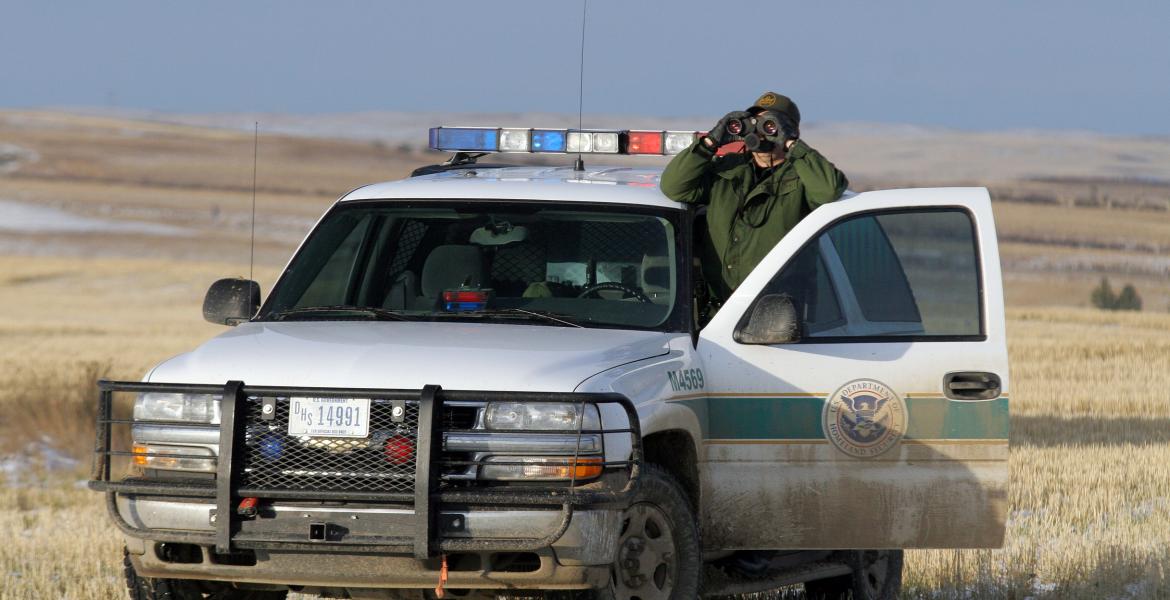SAN ANGELO, TX – It’s the third day of November, and rain is trickling off and on across San Angelo. Not to mention, rain appears to be in the forecast for the next few days. The precipitation and cooler temperatures are a slight relief from the abnormally warm weather that has plagued the Concho Valley this fall.
Unfortunately, the warmer and drier weather experienced recently across the southwest is expected to continue through the winter.
Recently, the National Oceanic and Atmospheric Administration (NOAA) held a phone conference with the press across the U.S. (and LIVE! visited with local representative Hector Guerrero) to discuss this year’s U.S. Winter Outlook.
According to Deputy Director Mike Halpert, who provided NOAA’s findings, La Nina is expected to influence winter conditions this year, and experts predict this climate phenomenon will likely develop in late fall or early winter.
The Winter Weather Outlook in U.S.
Halpert said La Nina favors drier, warmer winters in southern U.S., and wetter, cooler conditions in the northern parts of the state; however, if La Nina conditions do materialize, forecasters believe it will be a weak system, which means it will be “short-lived.”
“The outlook is probabilistic in nature, meaning the map shows those areas that are most likely to be warmer or colder than normal, and wetter and drier,” said Halpert. To see the maps, click here.
He said because of the probable nature of the outlook, other weather outcomes are possible, but less likely. These other factors may include the Arctic Oscillation, which influences the number of arctic air masses that penetrate into the south, violent storms on the east coast, and heavy rains in the Pacific Northwest.
Halpert added that, as opposed to last year, with the strong El Nino presence across the Pacific Ocean, sea surface temperatures have been slightly colder than average, hovering near the La Nina threshold.
“At this time, a La Nina watch is in effect, with about a 70 percent chance that it will be elevated to an advisory [this month],” he noted
Because of the potential, Halpert said it’s no surprise that both the temperature and precipitation outlooks are consistent with typical La Nina impacts.
However, because there is some uncertainty that La Nina will develop and persist through the winter, probability on the maps this year are fairly conservative, much lower than the probability assigned to the outlook last year, Halpert noted.
Drought and Precipitation Conditions to Continue
Heading into the winter, Halpert said the big story is drought.
Last year’s El Nino did not provide the much needed drought-busting precipitation for central and southern California and the southwest, said Halpert.
“And the winter forecast doesn’t bode well for this region, and many other regions in the U.S. facing drought.” he said.
Drought is expected to persist through the winter in the regions currently experiencing the issue, including much of California and the Southwest.
Drought conditions are also expected to expand throughout the southeast, particularly along the Gulf Coast, and develop in the Southern Plains. However, drought improvement is expected in Northern California, the Northern Rockies, the Northern Plains and parts of Ohio Valley.
In regards to rain, Halpert said low precipitation levels will persist across the entire southern frontier and Southern Alaska. Above precipitation is expected in the Northern Rockies, around the Great Lakes, Hawaii and in West Alaska.
The rest of the country falls into the “Equal Chance Category,” meaning there is not a strong enough climate signal in these regions to favor one category over another.
“This means that these areas have equal chances of above and below average winter precipitation,” Halpert said.
With regards to temperatures, last year was the warmest winter on record for the U.S. Therefore, the odds favor this year to be cooler. However, warmer than average temperatures are expected across the Southern U.S., extending north through the Central Rockies and in Hawaii. Above average temperatures in western and northern Alaska are favored, and in northern New England.
In contrast, below average temperatures are most likely across the northern tier from Montana to Michigan.
“The rest of the country falls in the Equal Chances category,” Halpert stated.
The Winter Outlook for the Concho Valley
Hector Guerrero, with the San Angelo National Weather Service, said the local area weather outlook forecasts a weak La Nina, and the forecast confidence is very low.
The weather outlook focus is for December, January, and February, but because of the weak system, it’s hard to determine what will happen.
“What we do see for the San Angelo area, when you have El Ninas, we typically see drier weather, perhaps below normal rainfall, and so that’s one thing we could experience,” Guerrero said.
Guerrero mentioned though that, if you take all the El Ninos, the La Ninas, and what you call Neutrals, since 1949-50, average precipitation for San Angelo is 2.63 inches.
Now, for all the El Ninas, that can knock rainfall down to 2.13 inches, and for El Ninos, it can go up to 3.17 inches. For Neutrals, rainfall is at about 2.46 inches.
Also, Guerrero said 65 percent of the time, an area can have below normal rainfall in a La Nina, but 35 percent of the time, it can have above normal rainfall.
Experts predict below rainfall chances in San Angelo and the Concho Valley during the forecast period. Guerrero noted that “we’re dry already,” and average rainfall is close to 3 inches.
“Those are almost the three driest months of the year,” he said. “When you have La Nina, you get a little bit less.”
Guerrero also said, because of the wetness we’ve had, we may see some wild fires once we get into the winter season as well. Towards the end of October, our area has had 32.35 inches, almost 14 inches above normal. Of course that helps the grass in the area, which will become an issue with drier weather.
Guerrero said, “Our lakes are still relatively low, and there are other factors that can influence the winter weather patterns like the Arctic Oscillation; it can be in a positive or negative phase, and those patterns can actually change our weather in the Concho Valley. We won’t know that until about two weeks prior to this occurring.”
If in the negative phase, the Concho Valley could see colder temperatures, and experience below normal temperatures. The area could also see more chances for rain.
Guerrero pointed out that this is West Texas, and the weather is unpredictable. The area will be dry, but will more than likely witness a few winter storms as usual.
Subscribe to the LIVE! Daily
Required






Post a comment to this article here: